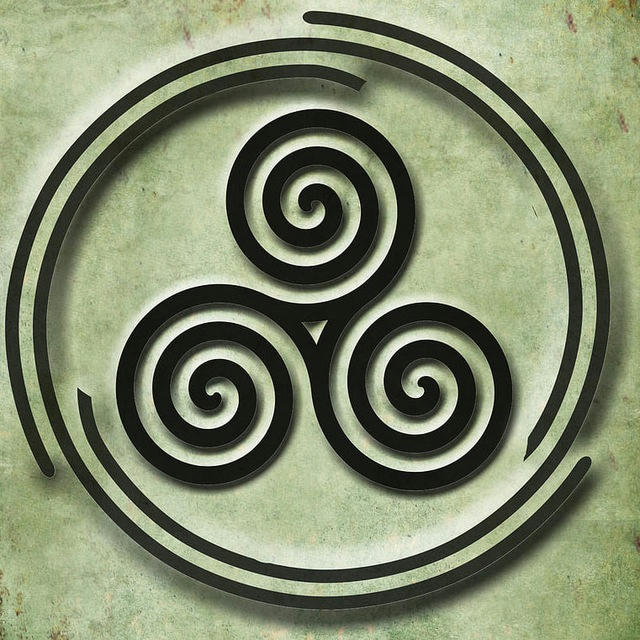
Fortress of Avalon
This Channel is dedicated to Awakening the Celtic Folk to their Native Heritage & Beliefs! 𝐃ù𝐢𝐬𝐠, 𝐭𝐡𝐨𝐢𝐫 𝐚𝐢𝐫 𝐚𝐢𝐬 𝐝𝐨 𝐝𝐡𝐮𝐚𝐥𝐜𝐡𝐚𝐬! 🌲
Ko'proq ko'rsatish- Kanalning o'sishi
- Post qamrovi
- ER - jalb qilish nisbati
Ma'lumot yuklanmoqda...
Ma'lumot yuklanmoqda...
You can buy this track and more of my work here:
https://faryafaraji.bandcamp.com/album/voices-of-the-ancients-vol-iiiMusic & vocals by Farya Faraji. Special thanks to the channel Gaisowiros for helping out with the pronunciation—make sure to check out their channel for info on Gaulish language, culture and customs. Please note that this isn’t an actual preserved piece of Gaulish music, but a modern hypothetical, extremely speculative reconstruction that is historically informed, and seeks to provide a plausible example of what Gaulish music may have sounded like by using their instruments. I was asked before to make Gaulish-themed music, but the first question that came to mind was how to go about it. The easy, and in my opinion, lazy option would have been to make something Irish or Scottish sounding, full of fiddles and bagpipes, to draw from a vague and meaningless Celtic connection. Gaulish music sounded nothing like what we consider to be the “Celtic” sound. Celtic music as we understand it is specifically the 18th century-onwards forms of music in Ireland and Scotland primarily; it has no intrinsic connections to the Celtic ethnolinguistic family at large, and we shouldn’t imagine Briton, Pictish, Gaulish or Galatian music as sounding anything close to Irish/Scottish music just because of the Celtic connection—the linguistic connection does not extend to the musical traditions. Instead, I thought it would be far more interesting to explore the actual soundscapes of the Gauls as it sounded. We have found remnants of their instruments, so the instruments palette is known to us, and this piece uses the lyre, pan flute, and bronze brass instruments, mainly the Carnyx. Bowed instruments like the fiddle did not exist in Antiquity, and there is no evidence to show that the Gauls played bagpipes. It is very likely that they adopted it from the Romans. For the melody, I utilised a pentatonic structure. My reasoning was twofold: pentatonic structures are the most widely distributed across all of humanity, and are present in European music to a significant degree. Furthermore, they were widely used in the music of the Classical Greco-Roman world, which strengthens the chances of them being present in Gaulish music. The lyrics are extracted from the Chamalières tablet, a lead tablet dated to between 50 B.C to 50 A.D, the words of which are an invokation to the deity Maponos, a god of youth equated with Apollo. I want to give special thanks again to the channel Gaisowiros for having helped out with the pronunciation. Lyrics in Gaulish: Andedion uediIumi diIiuion risun, Aritu mapon aruerriIatin, Iopites snIeððdic sos brixtia anderon! English translation: In the name of the good strength of the underworld gods, I invoke Maponos of Arverion. Pursue those with the magic of the infernals!
Joriy rejangiz faqat 5 ta kanal uchun analitika imkoniyatini beradi. Ko'proq olish uchun, iltimos, boshqa reja tanlang.
